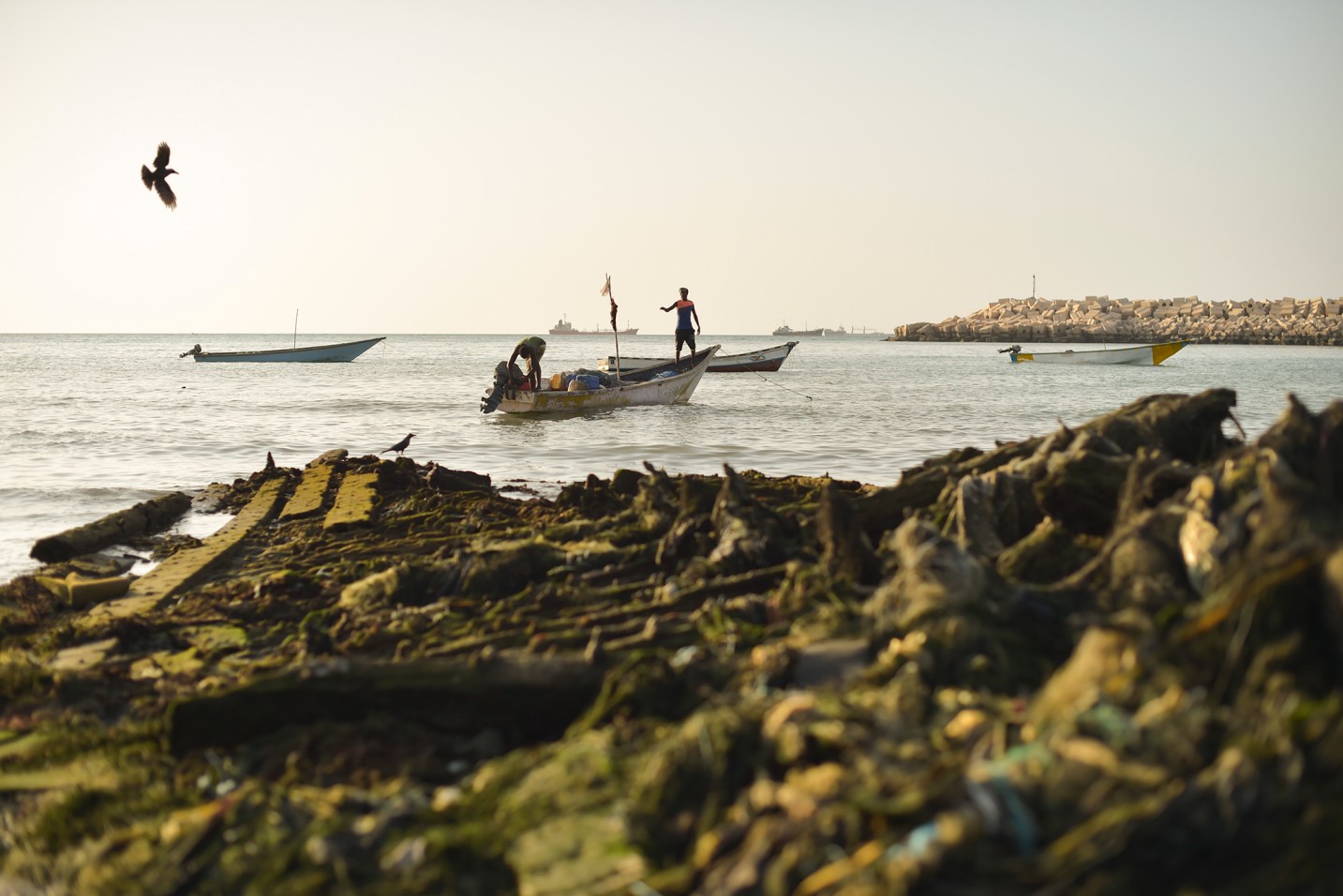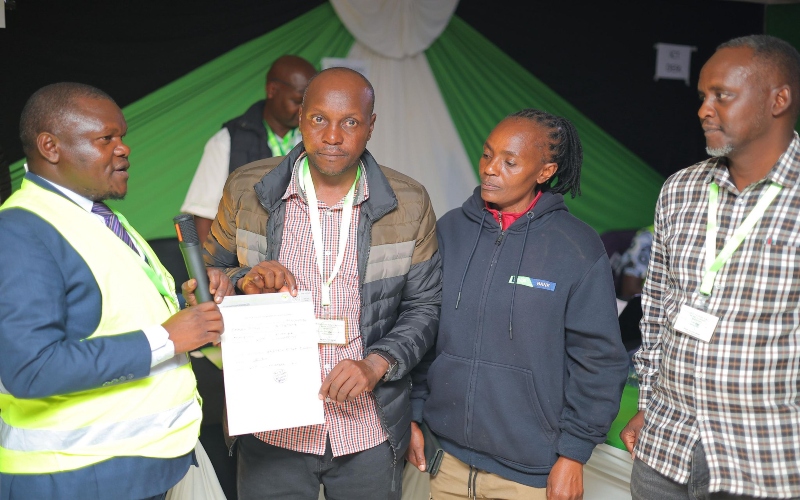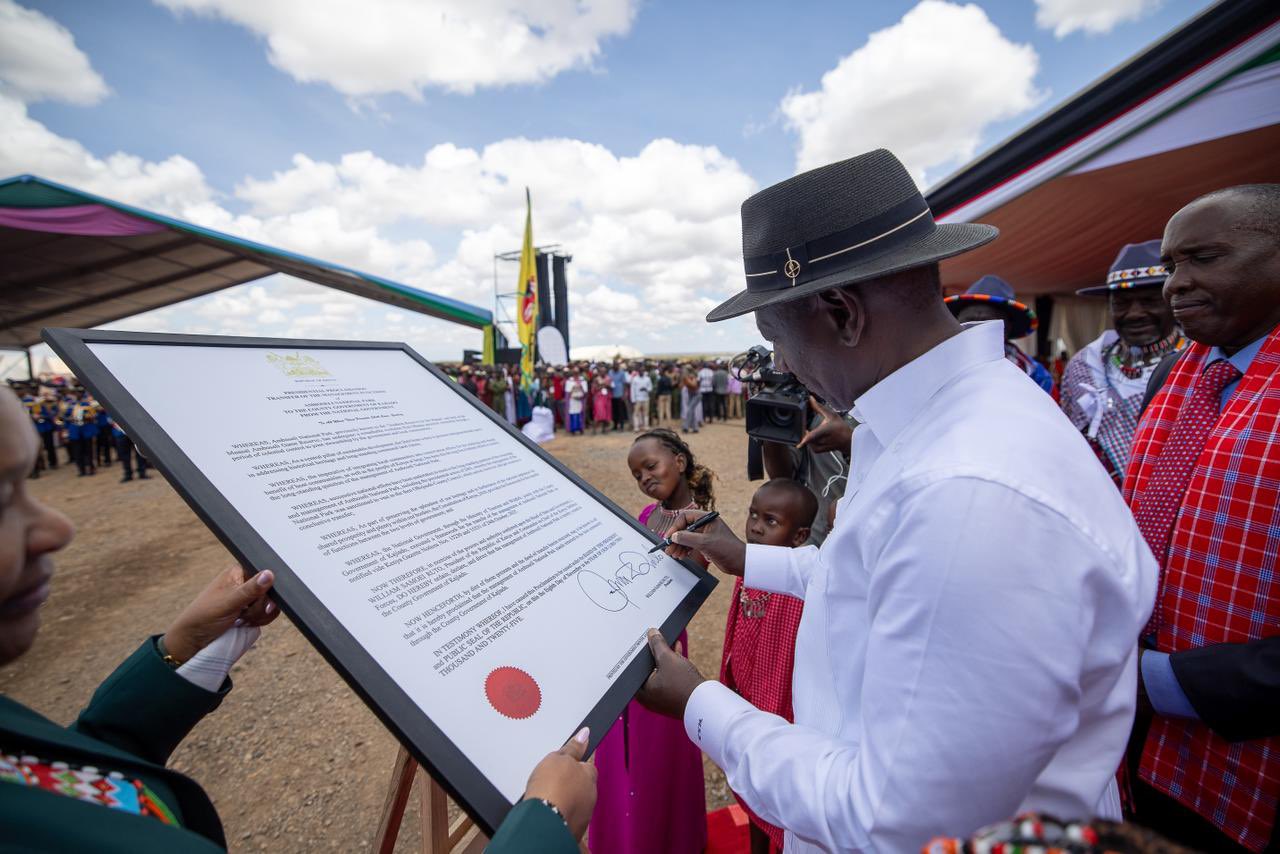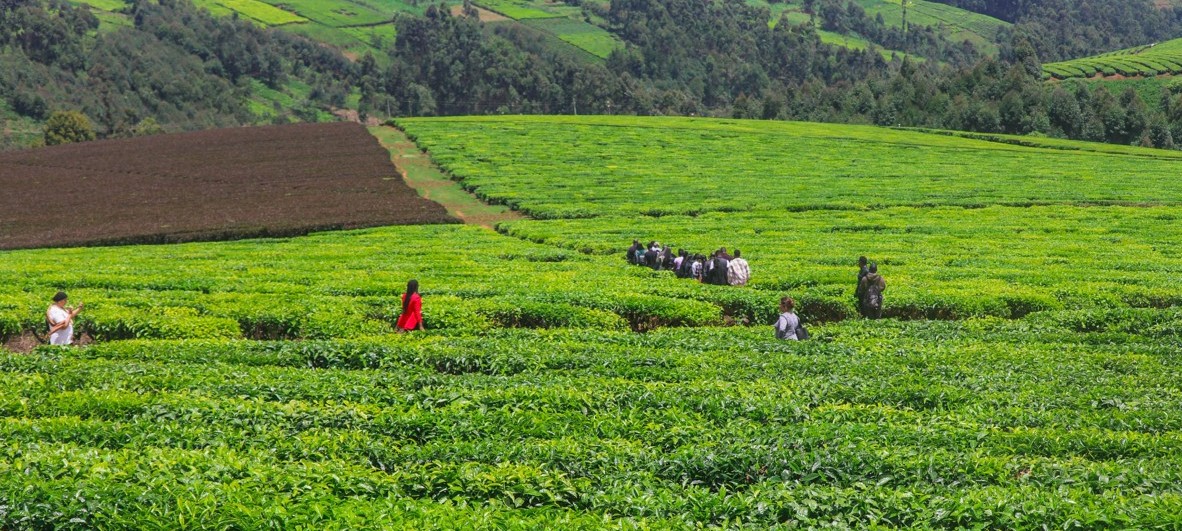IGAD warns of ISIS from Ethiopia, Tanzania, Yemen in Puntland region of Somalia

he tepoty notes that, despite violent extremism remaining a major obstacle to peace and security in the Horn of Africa, the quarter recorded a slight decrease in attacks compared to the other quarters.
The Inter-Governmental Authority on Development (IGAD)'s latest data on trends in violent extremism in the region has revealed a growing presence of Islamic State (ISIS) combatants from Ethiopia, Tanzania, and Yemen, among other Arab states, in the Puntland region of Somalia.
The IGAD's Centre of Excellence for Preventing and Countering Violent Extremism (ICEPCVE) put out a quarterly report calling for more work to be put into making preventative measures to stop people from becoming radicalised into violent extremism a priority. The report also mentioned that there has been a rise in the number of foreign combatants being recruited.
More To Read
- Nigeria’s new terror threat: JNIM is spreading but it’s not too late to act
- How ATPU busted prominent lawyer over alleged terror financing linked to ISIS
- Tawila overwhelmed as El Fasher exodus deepens Darfur crisis
- Over 60 killed or wounded in two days of Sudan's RSF shelling on civilians in El Fasher, North Darfur
- ICC renews call for the arrest of former Sudan President Omar al-Bashir
- Sudan: RSF drone strikes leave dozens dead, injured in El Fasher
"The growing presence of ISIS, which comprises foreign combatants from Ethiopia, Tanzania, and Yemen, among other Arab countries, in the mountainous Bari region of Puntland poses an escalating threat, though the Puntland Security Forces record successful offensives against them. Also, a resurgence of piracy continues to be observed along the Somali Coast, which underscores the need for enhanced maritime security measures to deter future occurrences," the report states.
The report covering the period between October and December last year, however, notes that, despite violent extremism remaining a major obstacle to peace and security in the Horn of Africa, the quarter recorded a slight decrease in attacks compared to the other quarters.
It adds that in the month of October, the region recorded 205 fatalities against 42 injuries, a number that was reduced in the following month to 159 fatalities against 61 injuries and further down to 115 fatalities against 78 injuries in the month of December.
"Almost five hundred fatalities and about two hundred injuries were recorded in the quarter. October recorded the highest number of fatalities, with a majority of those majorly attacked being security personnel at 61 per cent, civilians at 38 per cent, and aid workers at 1 per cent. A majority of the attacks were carried out in Somalia, and military bases belonging to the Somali National Army (SNA) and the African Union Transition Mission in Somalia (ATMIS) forces were attacked, resulting in casualties," the report shows.
At the same time, the report notes that the attacks remain seemingly coordinated and actualised through conventional and unconventional warfare strategies.
"The terrorist attacks recorded in the quarter were mainly carried out using small arms and light weapons at 56 per cent, explosives and bombs at 41 per cent, ambush at 2 per cent, and assassination at 1 per cent. In the quarter under review, Al-Shabaab heightened attacks on military bases, with the security forces being their main target. There was also a record of attacks on civilians in recreational places, including restaurants, as well as non-compliant businessmen," the report adds.
The majority of the attacks were carried out in Southern and Central Somalia, including Mogadishu, Galmudug, Hirshabelle, Galguduud, Puntland, Jubaland, Lower Juba, Hiran and Middle Shabelle regions of Somalia, which accounted for 25, 25, 22, 20, 20, 19, 17, 15, and 13 incidents, respectively.
In the previous quarter, covering July–September, the centre reported about 910 fatalities and 425 injuries, with July recording the highest number of fatalities and injuries.
The reduced attacks were attributed to significant operations conducted by the SNA in central and southern Somalia, which led to the liberation of critical villages and areas.
Kenya recorded other attacks in the counties of Mandera, Garissa, and Lamu along the Kenya-Somalia borders. They accounted for 12, 8, and five incidents, respectively.
Other Topics To Read
Top Stories Today












































